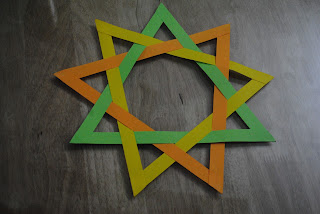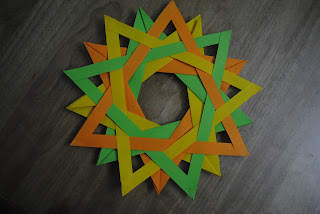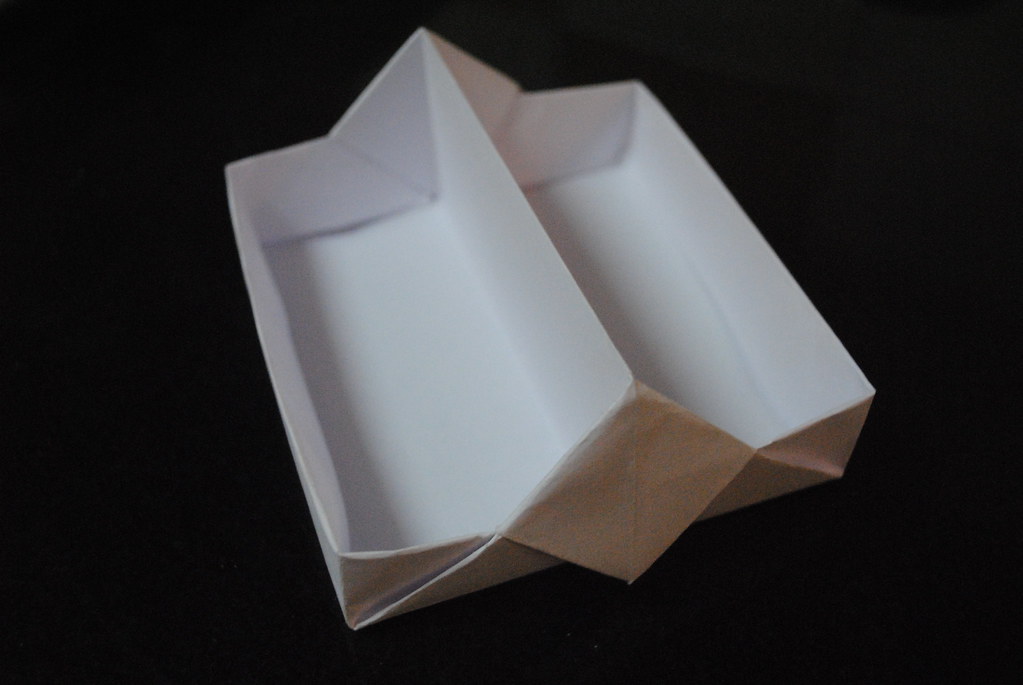 My First Commission!
My First Commission!
Last week was eventful, as I delivered my first order for Origami. A designer saw my poster at Jaaga, and called about using some Origami models as the props for a brochure for children's clothing. So we spent a couple of days researching and finalizing the items, and then I spent three whole days, making a variety of flowers, fish, stars, airplanes, and fans.
The photo shoot happened last week, and now I am looking forward to seeing the brochure in print!

The flowers were mainly simplified Kawasaki roses, and a few Omuta roses, mostly in a variety of shades of pink. I also made a few Kusudama flowers, which need glue :(
The larger, simple stars, which look like starfish, were simple pentagons with mountain/valley folds to give it the three-dimensional shape.
I used some "gateway" paper for the fans, which feels like tracing
paper. It is almost impossible to reverse a fold on this paper, but it
works alright for some simple models.
While looking for the earlier design of the Omuta rose, I found a new one, in Google books! This one is made from a bird base.
The fish models were simple, based on the windmill base.

The F14 Tomcat airplane, designed by Michael LaFosse, is a lovely design, withe video instructions online. It takes some tweaking to fly, but the folding sequence is really impressive.
Recently I made the Art-Deco Wing, also by LaFosse, and it is one of the best glider designs.

The five-pointed stars were folded from a pentagon. I found this design on a
blog without any attribution. This blog itself has lots of nice ideas for pop-up cards.
Article in DNA Bangalore
And to top off the week, there was an article in DNA newspaper about I and my Origami. It was in connection with Origami workshop I did at Atta Galatta, a new bookshop and venue for art/craft in Koramangala. The report carried a couple of nice pictures of my Origami, including the traditional two-colour diagonal pleated bangle (which I made from Malabar Gold mailer envelope), bloxy (by Jo Nakashima) and the Carambola.
Here is the link to the article.
ATTA GALTTA: a new venue for Origami classes!
Atta Galatta is a new bookshop in Koramangala, focusing on regional language books. It has a dedicated space for events related to art and craft, and a bakery too is going to open soon. I have done a couple of Origami sessions, and will be conducting sessions at least once a month here.























































